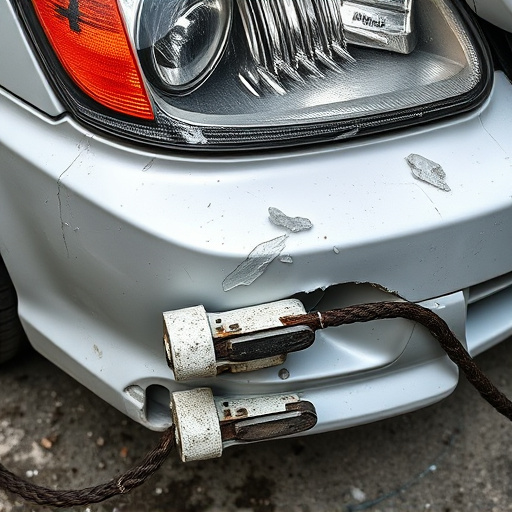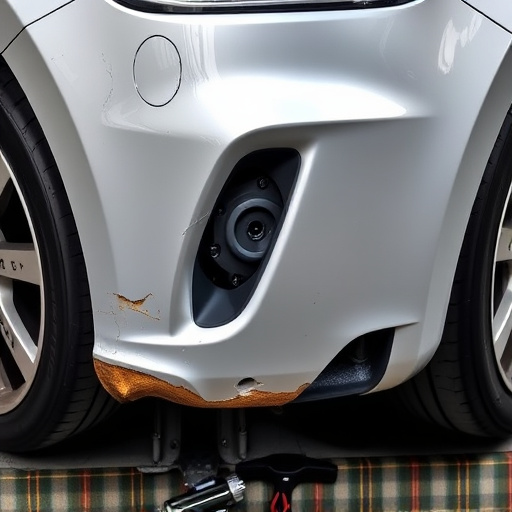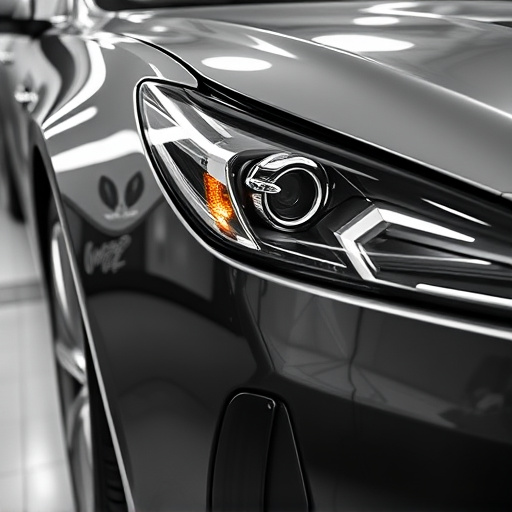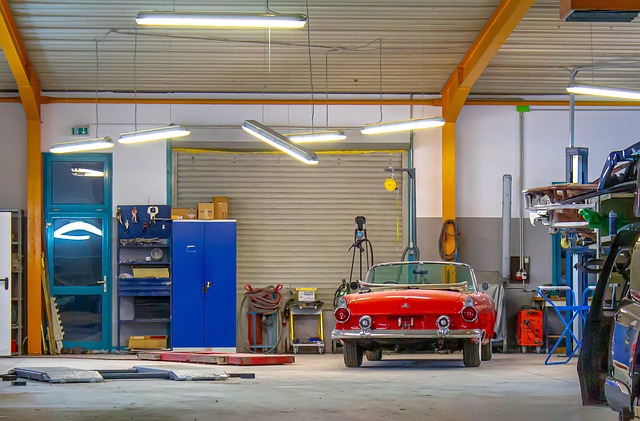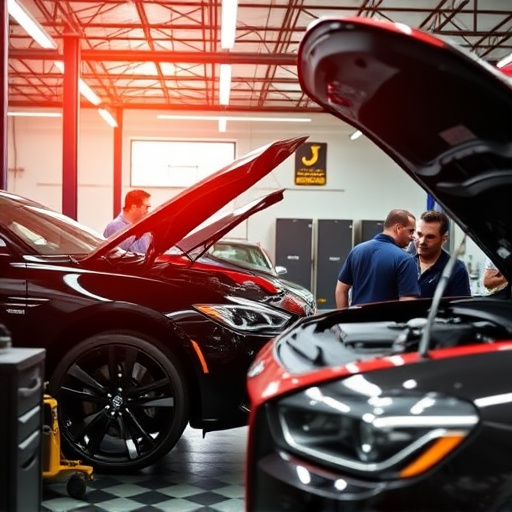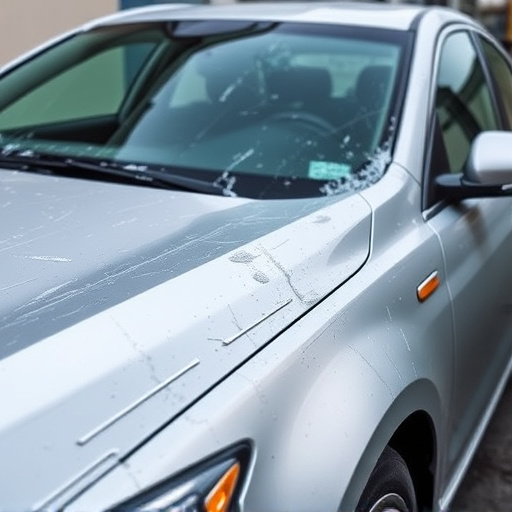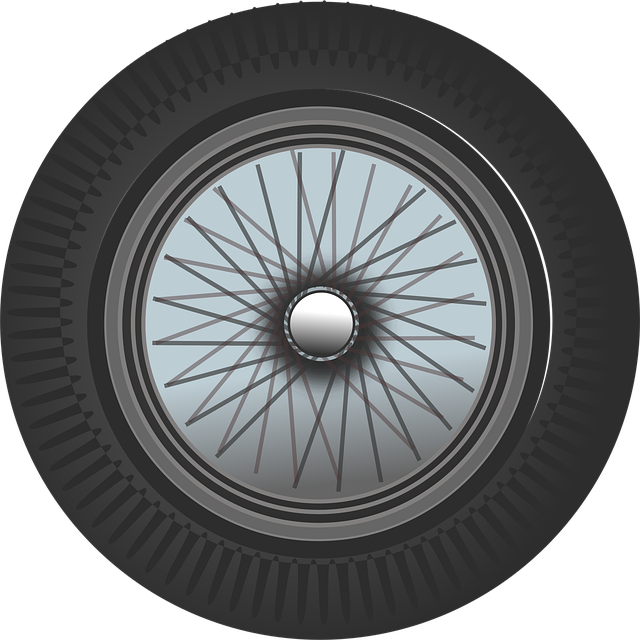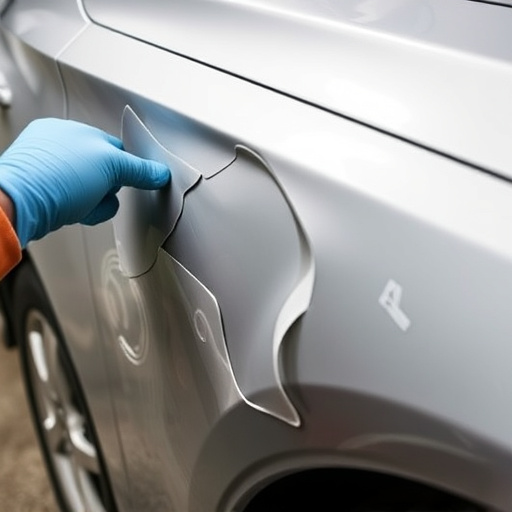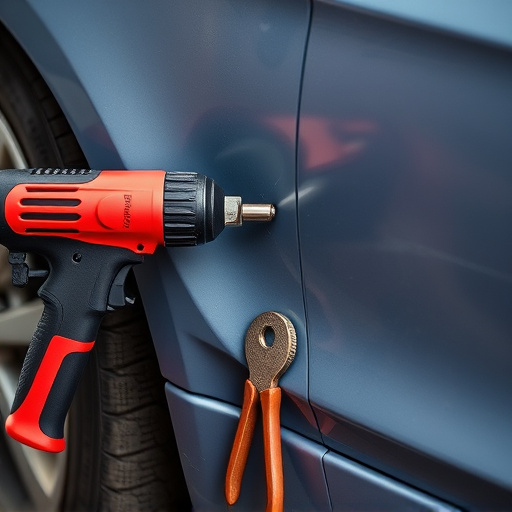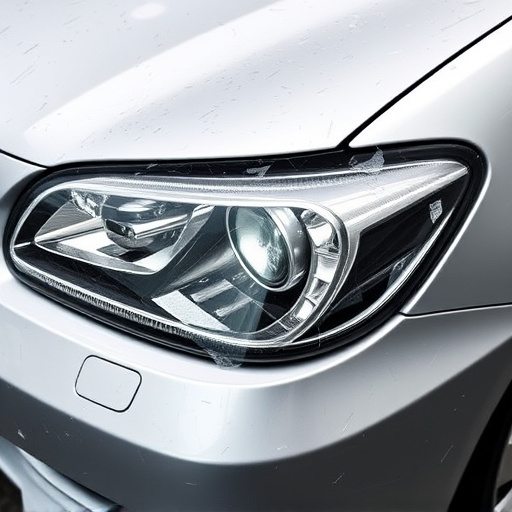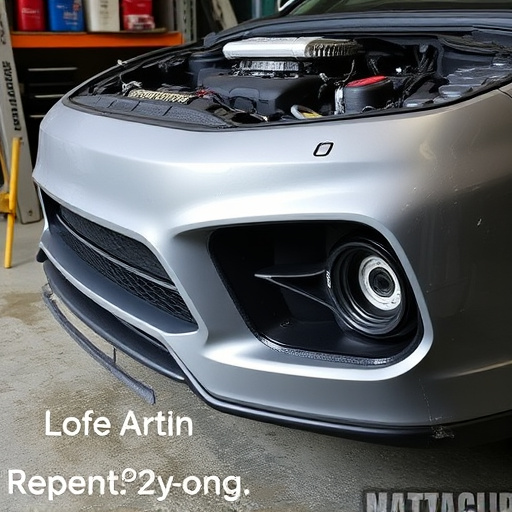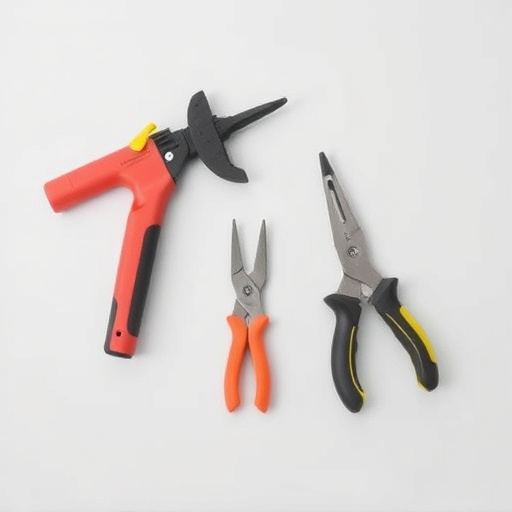Comprehensive visual assessments by skilled auto estimators using specialized tools and software are crucial for accurate storm damage collision repair. Beyond surface dents, repairs may involve structural issues, engine problems, and subsystem replacements, with specialized parts and advanced labor driving up costs. Shops use industry standards and historical data to create competitive, data-driven pricing strategies reflecting the true scope of work.
In the wake of storms, shops specializing in storm damage collision repair face unique challenges. This article delves into the intricate process these businesses employ to estimate costs accurately. We explore key strategies like assessing visible damage and uncovering hidden costs associated with post-storm repairs. Additionally, we discuss the role of industry standards and data in developing effective pricing strategies for storm damage collision repair services.
- Assessing Visible Damage for Accurate Cost Estimation
- Understanding Hidden Costs in Storm Damage Repairs
- Leveraging Industry Standards and Data for Pricing Strategies
Assessing Visible Damage for Accurate Cost Estimation
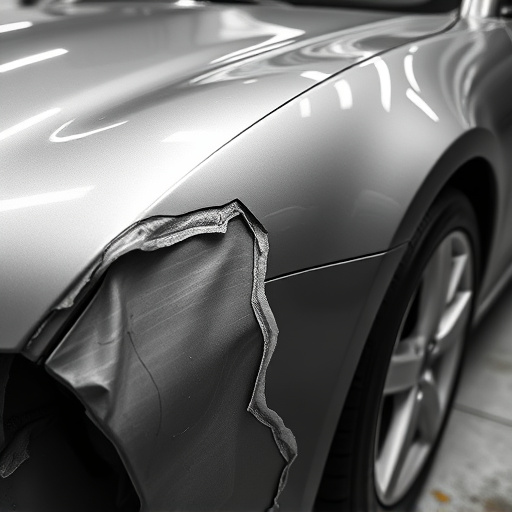
When assessing storm damage for collision repairs, a thorough visual inspection is crucial. The first step involves identifying all visible signs of damage to various car parts—from dents and scratches on the exterior to shattered windows or damaged interior components. Each piece of visible damage provides valuable data that helps auto collision centers create accurate cost estimates for storm damage collision repair.
Professional estimators use specialized tools and software to document the extent of the damage, taking detailed pictures from multiple angles. This meticulous process ensures that no detail goes unnoticed, allowing them to accurately determine the scope of required car body repair, whether it’s a simple dent removal or a complete overhaul at an auto collision center. By carefully evaluating every aspect of the storm damage, these centers can provide customers with transparent and realistic quotes for their automotive collision repair needs.
Understanding Hidden Costs in Storm Damage Repairs
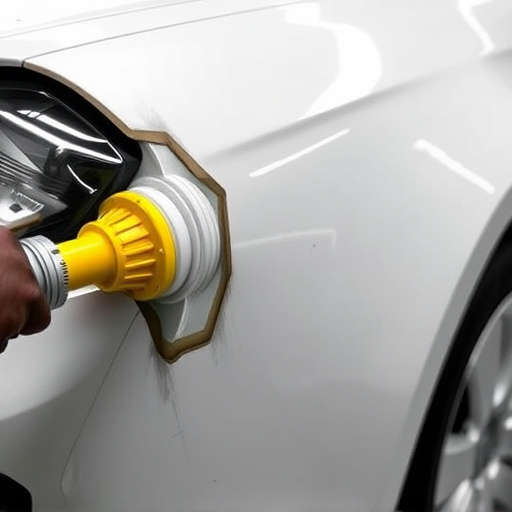
When a storm causes damage to vehicles, many owners assume they know what repairs are needed and how much they’ll cost. However, storm damage collision repair often involves hidden costs that can significantly impact the final price tag. Beyond the visible dents and dings, there could be internal structural issues or complex electronic system failures that require specialized automotive repair services. Collision repair shops employ skilled technicians to assess these intricacies, ensuring every component is safely repaired or replaced.
While dent removal is a common service for storm damage, it’s just the beginning. Repairs may include frame straightening, engine repairs, or even replacement of complete subsystems. These intricate processes demand precise tools and expert knowledge, adding complexity to the estimation process. Additionally, the need for specialized parts or advanced labor techniques can push costs higher than expected. Understanding these hidden facets is crucial for vehicle owners navigating storm damage collision repair, ensuring they’re prepared for a comprehensive yet potentially costly restoration process.
Leveraging Industry Standards and Data for Pricing Strategies
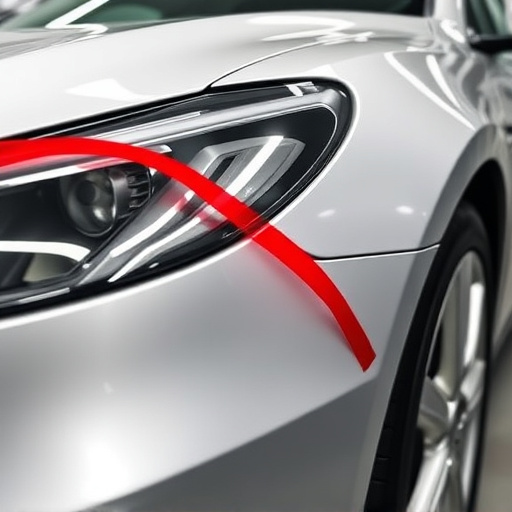
Shops specializing in storm damage collision repair don’t just estimate costs randomly. They leverage industry standards and data to develop pricing strategies that are both accurate and competitive. By referencing historical data on similar repairs, labor rates, and material costs specific to their region, they can anticipate the financial burden of storm-related damage.
This approach goes beyond simple cost-per-part replacement. It involves complex processes like frame straightening, auto glass repair, and detailed paintwork, each requiring specialized skills and equipment. By staying informed about market trends and using data-driven methods, collision repair shops can ensure their pricing reflects the true scope of work involved in restoring vehicles damaged by storms, ultimately providing customers with transparent and fair estimates for vehicle collision repair.
Shops assessing storm damage collision repair must meticulously evaluate both visible and hidden costs. By combining thorough inspections with industry standards and data, they can provide accurate estimates that account for material, labor, and unforeseen expenses. This approach ensures fair pricing strategies, enhances customer trust, and facilitates efficient recovery efforts in the aftermath of storms.
